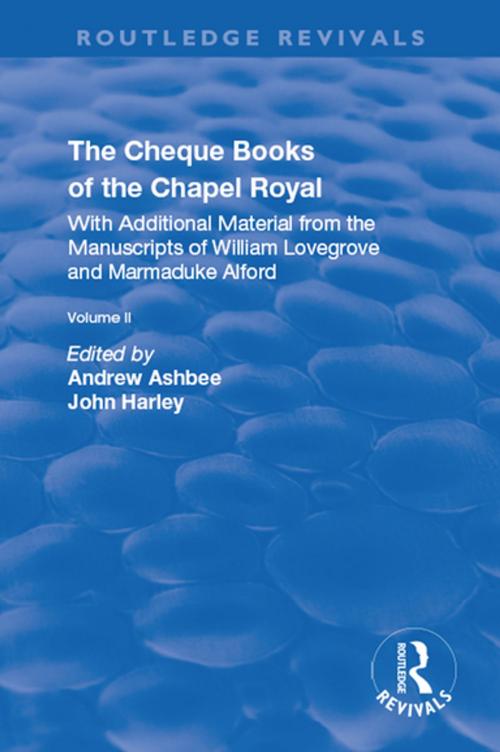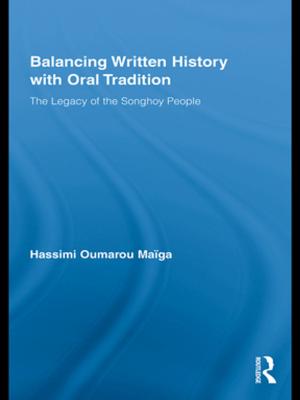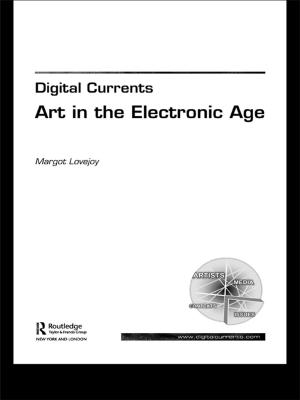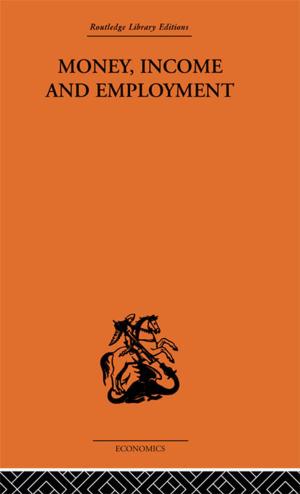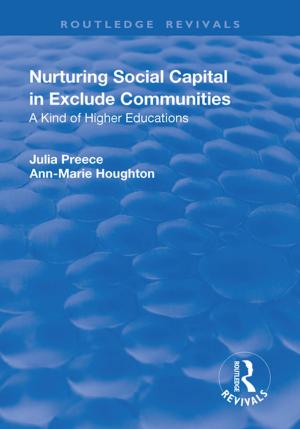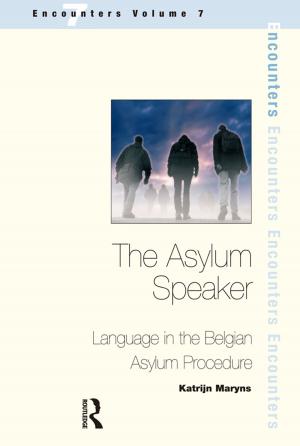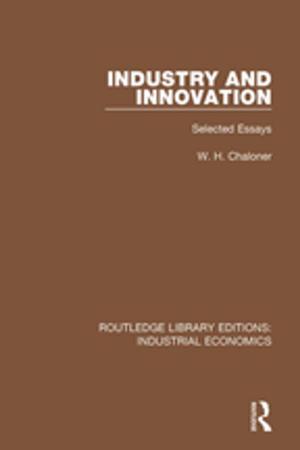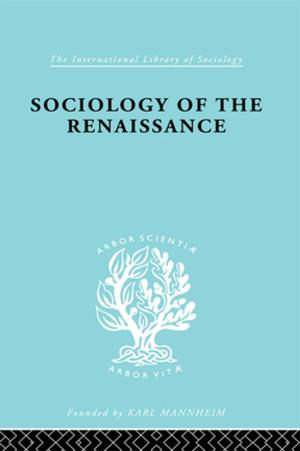The Cheque Books of the Chapel Royal
With Additional Material from the Manuscripts of William Lovegrove and Marmaduke Alford
Nonfiction, Social & Cultural Studies, Social Science, Sociology| Author: | ISBN: | 9781351740654 | |
| Publisher: | Taylor and Francis | Publication: | March 26, 2019 |
| Imprint: | Routledge | Language: | English |
| Author: | |
| ISBN: | 9781351740654 |
| Publisher: | Taylor and Francis |
| Publication: | March 26, 2019 |
| Imprint: | Routledge |
| Language: | English |
This title was first published in 2000: The Chapel Royal holds a singular position in English ecclesiastical and musical life, as a body of priests and musicians appointed by and serving the personal religious needs of the sovereign. Its historical significance owes much to its location at a court which was, for many centuries, the centre of national power and culture. It was both an instrument and a visible manifestation of policy, and its history can be seen as reflecting the fortunes of government. While its origins are lost, its growth and membership become increasingly apparent from the 13th century and can be traced in detail from the 16th century. Chief among the documents which provide evidence of the Chapel's development and administration are the two surviving Cheque Books, preserved in the Archive of the Chapel Royal at St James's Palace. These cover a period from Queen Elizabeth I to Queen Victoria (with a few additional later entries). The "Old" Cheque Book has been widely used by scholars since an edition was published by Edward F. Rimbault in 1872. The inadequacies of this edition have, however, long been recognized and this new transcription has now been prepared by Andrew Ashbee and John Harley, both of whom have worked previously on records of the English court and its musicians. They have aded transcriptions of the "New" Cheque Book and of the valuable personal memoranda compiled by William Lovegrove and Marmaduke Alford, respectively Serjeant and Yeoman of the Vestry of the Chapel Royal. The documents not only provide a register of the Chapel's personnel and their appointments, but reveal many of the day-to-day concerns of the group of men who formed the Chapel. Students of political and ecclesiastical history should find much to interest them in the details of the administration of this unique part of the royal household, while musical scholars should find valuable information about an institution whose traditions span several centuries and whose members have included Orlando Gibbons and William Boyce.
This title was first published in 2000: The Chapel Royal holds a singular position in English ecclesiastical and musical life, as a body of priests and musicians appointed by and serving the personal religious needs of the sovereign. Its historical significance owes much to its location at a court which was, for many centuries, the centre of national power and culture. It was both an instrument and a visible manifestation of policy, and its history can be seen as reflecting the fortunes of government. While its origins are lost, its growth and membership become increasingly apparent from the 13th century and can be traced in detail from the 16th century. Chief among the documents which provide evidence of the Chapel's development and administration are the two surviving Cheque Books, preserved in the Archive of the Chapel Royal at St James's Palace. These cover a period from Queen Elizabeth I to Queen Victoria (with a few additional later entries). The "Old" Cheque Book has been widely used by scholars since an edition was published by Edward F. Rimbault in 1872. The inadequacies of this edition have, however, long been recognized and this new transcription has now been prepared by Andrew Ashbee and John Harley, both of whom have worked previously on records of the English court and its musicians. They have aded transcriptions of the "New" Cheque Book and of the valuable personal memoranda compiled by William Lovegrove and Marmaduke Alford, respectively Serjeant and Yeoman of the Vestry of the Chapel Royal. The documents not only provide a register of the Chapel's personnel and their appointments, but reveal many of the day-to-day concerns of the group of men who formed the Chapel. Students of political and ecclesiastical history should find much to interest them in the details of the administration of this unique part of the royal household, while musical scholars should find valuable information about an institution whose traditions span several centuries and whose members have included Orlando Gibbons and William Boyce.
